Tortoises are terrestrial reptiles that are part of the turtle family. Unlike the other members of the turtle family, tortoises cannot swim! These land dwelling creatures have tough claws for digging instead of the webbed feet of other turtles. Read on to learn about the tortoise.
Description of the Tortoise
Tortoises look quite similar to turtles, with a few differences. Because they do not need to be hydrodynamic, they typically have a much more rounded or domed shell than turtles do. Their heads and legs can be withdrawn into the protection of their shells. Tortoises have heavily armored and clawed feet, affording perfect tools for digging and burrowing into the ground.
Interesting Facts About the Tortoise
These slow moving creatures are actually quite interesting. Because there are over 300 known tortoise species, there are virtually endless traits and adaptations!
- Long Lived– Tortoises can live a long time – longer than humans in some cases! On average, tortoises live between 80 and 100 years. Some species (Galapagos tortoises) regularly live to 150 years and older. In fact, the oldest living tortoise (an Albrada giant tortoise) was estimated to be 255 years old!
- The Turtle, the Tortoise, and the Terrapin – No, it isn’t a nursery rhyme! These are the different terms used to describe animals in the turtle family. The term turtle is commonly used when discussing any animal in the turtle family. Tortoise is used to describe slow-moving land reptiles in the turtle family. Terrapin generally describes aquatic turtles that live in fresh or brackish water, but not in the ocean.
- Slow Moving – Everyone knows tortoises are slow moving creatures. In fact, it has even influenced the term for a group of tortoises! When tortoises are in a group, it is called a creep.
- Shell-ful of Scutes – The large scales on a tortoise’s shell are called scutes. These scutes are made up of keratin, which is the same substance that your hair and fingernails are made out of. Though it isn’t an exact science, the rings on a tortoise’s scutes can be used to estimate age, just like the rings of a tree!
Habitat of the Tortoise
With such a large variety of species, tortoises can be found in any number of habitats. The vast majority of species are found in semiarid zones. They can also inhabit deserts, grasslands, mountainsides, scrub forests, and sand dunes.
Distribution of the Tortoise
Tortoises are found in southern North America, Central America, and South America. Species are also found from Africa and Europe to Indonesia and Malaysia, as well as Madagascar and other islands.
Diet of the Tortoise
The vast majority of tortoise species are herbivores, and some will also eat worms or insects. Too much protein can cause shell deformities in tortoises. In general, tortoises will consume grass, flowers, leafy plants, and cactus. Different species have different dietary makeups, for example some desert tortoises subside almost exclusively on cactus.
Tortoise and Human Interaction
Humans are a dire threat to the tortoise. Virtually everything we do impacts their population, and their life expectancy. Land development destroys natural habitats and tortoise burrows, and frequently kills these animals in the process. Cars easily crack through tortoise shells, causing mortal injury more often than not.
Humans have also eaten tortoise meat for centuries. In fact, many of the extinct tortoise species were hunted to death. Meat isn’t the only thing people are after. Tortoises are taken from the wild for the pet trade, killed for their decorative shells, and their eggs are also stolen for consumption.
Domestication
Some species of pet tortoise may be considered semi-domesticated. While captive breeding of tortoises has not been occurring long enough to be considered “domesticated,” they are bred selectively for color and temperament.
Does the Tortoise Make a Good Pet
Some tortoise species make excellent charismatic pets, but make sure you know what you are getting into. These animals are built to dig, and may very well dig right out of your backyard. Many species also grow incredibly large, and may prove to be too much animal for your space. Tortoises also live for a long time, so always be prepared for the commitment you are getting into.
You should also ensure your tortoise comes from captive breeding, and is not taken from the wild. Some common pet species include leopard tortoises, spur thighed tortoises, red-foot tortoises, and Indian star tortoises.
Tortoise Care
As with any reptile, this animal needs a heat source, which is usually in the form of a heat lamp, and if they are outdoors they should have a source of shelter as well. Any outdoor area should be well enclosed, with fencing underground as well as above. Tortoises are burrowers, so be prepared for the amount of digging your tortoise can do.
Different species have different dietary needs, so always ensure you are giving the proper nutrients. You can choose a commercial tortoise food, but supplement that with fresh fruits and veggies.
Behavior of the Tortoise
Most tortoise species are solitary creatures that prefer to roam alone. They will slowly meander along feeding on grasses, fruits, and other plants. Because they live in semiarid conditions, temperatures can be brutal. When it gets to be too hot for the tortoise, they will retreat to their burrow.
Burrows can be very important for other animal species as well. This makes tortoises a keystone species in many environments. Keystone species are animals that greatly influence the rest of the ecosystem, another good example of a keystone species is sea otters.
Reproduction of the Tortoise
Tortoises produce a relatively low number of soft, leathery eggs per clutch. Clutches seldom pass 20 eggs, and 1-2 eggs in some species is not uncommon. Each species differs, but the average incubation time is between 100 and 160 days long.
Eggs are laid in a burrow and covered with sand or other soil types. When the tortoises hatch they are fully independent, and begin to search for food. They are highly susceptible to predators because their shells are softer.
Beliefs, Superstitions, and Phobias About the Tortoise
Tortoises are found in a number of different religions and folklore. Because they are so long-lived, many cultures use them as a symbol for longevity, including the Chinese. The Hindu Avatar Kurma is depicted as a half man, half tortoise.
In Greek mythology, the tortoise was the symbol for the Greek god Hermes. There are a number of different examples of this fascinating animal in history and mythology.

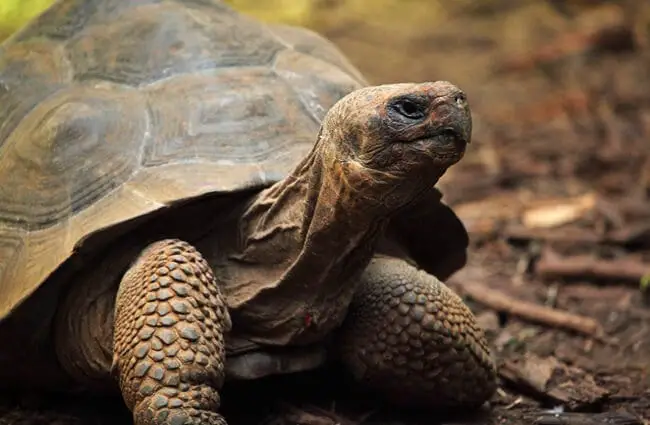
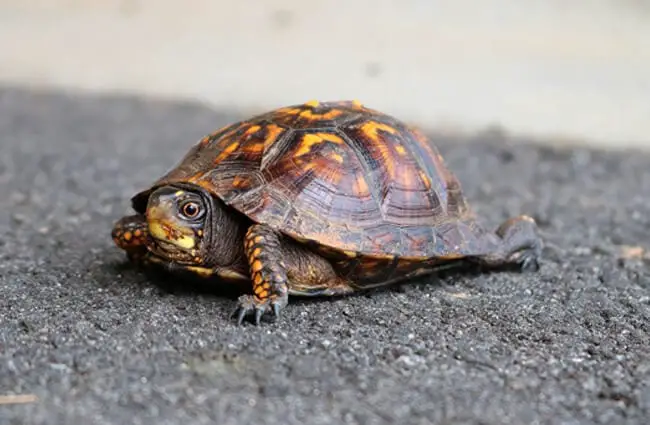
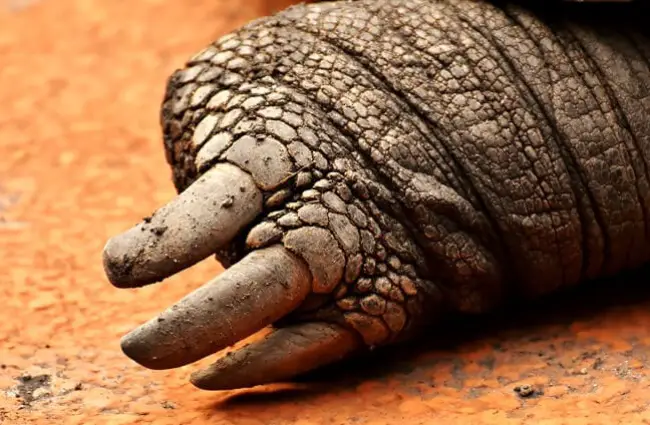

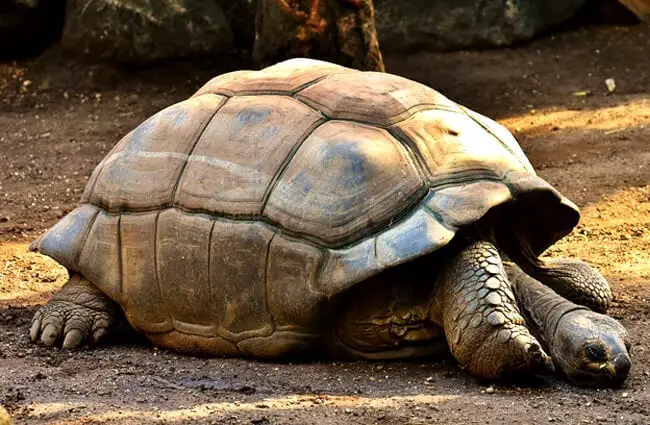

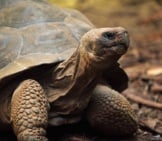

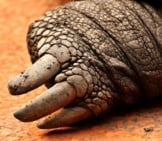
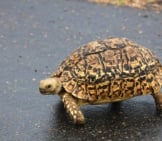
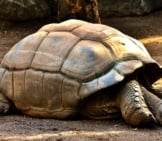
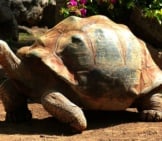
![Red Angus Closeup of a beautiful Red Angus cowPhoto by: U.S. Department of Agriculture [pubic domain]https://creativecommons.org/licenses/by/2.0/](https://animals.net/wp-content/uploads/2020/03/Red-Angus-4-238x178.jpg)












![Red Angus Closeup of a beautiful Red Angus cowPhoto by: U.S. Department of Agriculture [pubic domain]https://creativecommons.org/licenses/by/2.0/](https://animals.net/wp-content/uploads/2020/03/Red-Angus-4-100x75.jpg)

